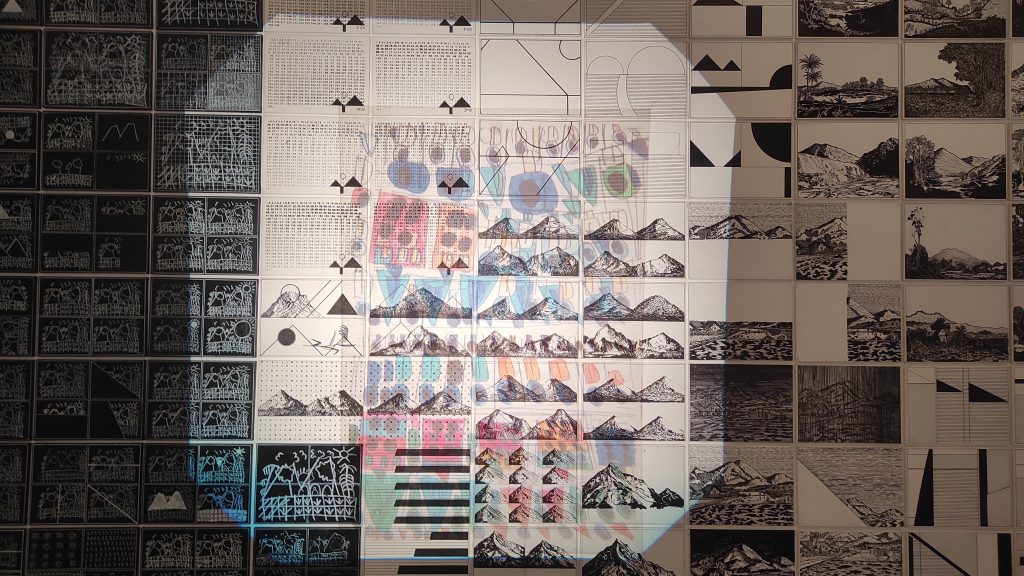Because of the rigid curriculum structures most of the art educators feel caged to teach through a new methodology that serves as the individual learning of children. Most educators have their pedagogy of teaching visual art to the students, but sometimes they are unable to because of the wobbly academic style. The purpose of this gathering at the Kiran Nadar Museum of Art is to bring together artist-educators who are actively pushing the limits of pedagogy, immersing themselves in their communities, and revolutionizing the way we approach access, resources, and tools in arts education. This was an incredible chance to exchange ground-breaking strategies that foster inclusion in education by addressing gaps in infrastructure, society, and the environment, which usually hinder access for specific communities and groups.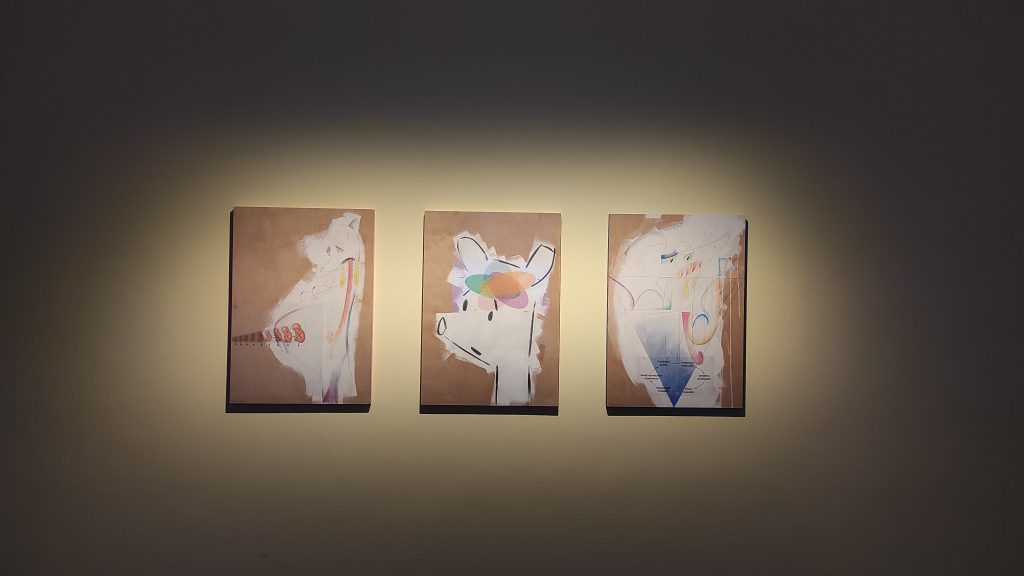
As a complement to the ‘Very Small Feelings’ exhibition, co-curated by Akansha Rastogi and Diana Campbell, a captivating one-day event was arranged for artist educators to come together. The title “One and Three Ideas” finds its inspiration in Terry Smith’s insightful essay “One and Three Ideas: Conceptualism Before, During, and After Conceptual Art” (2011). This thought-provoking composition itself takes its name from Joseph Kossuth’s artwork “One and Three Chairs” (1965). The event began with the Open Readings: An Introduction by Akansha Rastogi followed by Khel Khel Mein: A warm-up exercise led by the Artreach India team and later by some excellent sessions of conversation by Ramesh Kalkur and Amitabh Kumar, Nidhi Khurana, and Smita Urmila Rajmane where they discussed the Artist Educator and the Evolving Curriculums. Session 2 was Imagining and Sustaining Spaces of Learning and Unlearning Moderated by Roobina Karode, Kriti Sood, Artreach India, and Samina Mishra. The final session was the Playroom/The Wiggle Room: Thinking with Children and Communities. Finally, the symposium ended with a performance by Dilip Kshirsagar and Karan Gavai.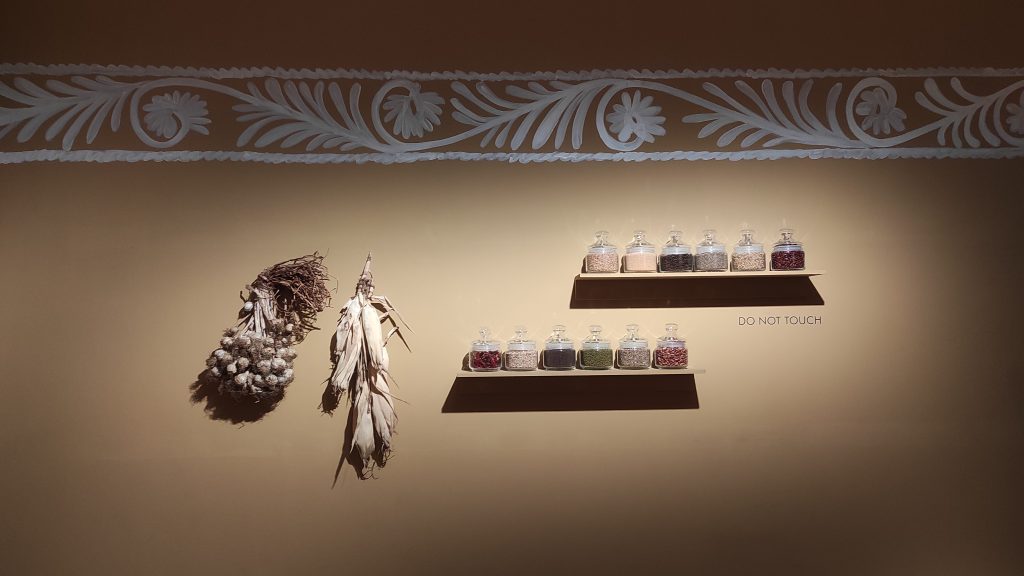
When talked to the curator Akansha Rastogi about the vision of this symposium she responded, “It is dedicated to the art educators who have been working with young learners for a very long time and that’s what the exhibition also addresses. Around fifty percent of the works are by the artists who were the teachers themselves or had been collaboratively working with the young learners for the very long time and that has become the part of their practice. So, we have brought artists who have been developing tools, resources, and workshops, even their alternative thinking of what can happen inside a classroom. So all the practitioners are here to share their methods, their experiences, case studies what they’ve done, what worked and what didn’t, etc., and all the insights from the practical challenges that they face. Ramesh and Amitabh, the creative minds behind the curriculum of the Delhi Board of Education, are collaborating to develop an innovative program for Visual Arts. Nidhi Khurana, an artist whose work is featured in this exhibition, draws inspiration from Devi Prasad, another artist whose work is showcased. We also have drawings from Devi Prasad’s students on display. This exhibition serves as a platform to connect the work of children and educators, bridging the gap between them through the power of abstraction.”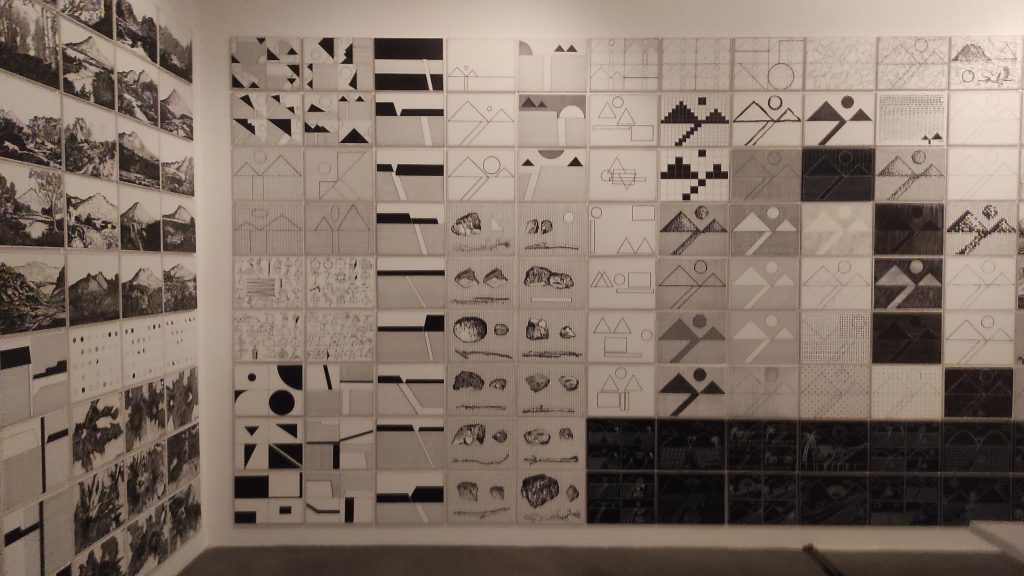
When asked about the collaboration of children with the educators, she responded, “So as you navigate through the exhibition you’ll find different works by three-year-old children or scribblings from a five-year-old. So, there are 52 works by students of Devi Prasad which were made during the new taleen at Gandhi Sevagram Ashram in Vardha, and the work from 1944 to 1958 was printed in his book in 1958, and we were able to loan those works from his archives, he is no more but his wife and family agreed to allow us. It has been preserved for so many decades now, which adds value to those archives. There is no doubt in my mind that the child’s artwork gains an entirely new level of meaning when accompanied by their perceptive annotations and thoughtful demeanor. It transforms our experience of visiting an exhibition in a museum, thanks to the unique perspective brought by Devi Prasad. 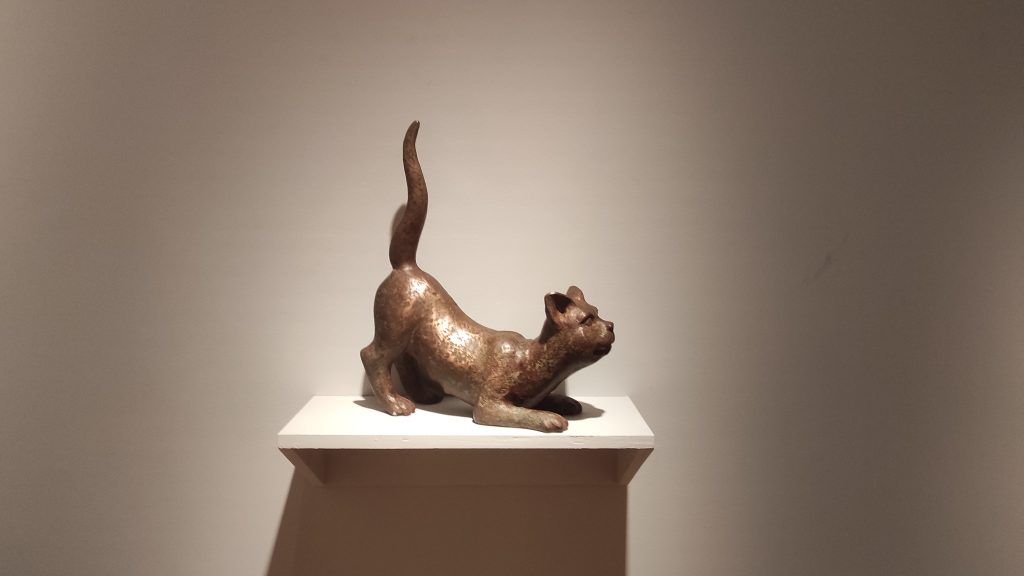
A museum is a space that helps us re-think values and value systems. And what kind of society is building, so it’s like a reflection. I think these works are orienting us differently to different kinds of ourselves. For instance, we have a work by a child based on his experience of falling into a well. His work displays powerful imagery that vividly captures the profound impact of trauma. This is exemplified by the elongated well and the striking contrast between his blue body and the vibrant yellow well. This captivating artwork operates on multiple psychological levels, offering a profound sensory experience. Its impact is further heightened when displayed within the context of a museum, allowing for a unique and transformative encounter. Similarly, we have works from different artists who work collaboratively with the children, for instance, the work from Anga Art Collective from Guwahati. They run a school called kNOw School, it’s a young artist collective in their late twenties or early thirties. The capitalization of NO in kNOw School is purposeful. NO School has adopted a unique pedagogy that embraces learning in harmony with the environment, the landscapes, and the open spaces. Instead of confining education to a traditional classroom, students at kNOw School have the opportunity to immerse themselves in open fields and surroundings. Not only do they offer an unconventional approach to learning, but they also cater to communities that would otherwise lack access to educational facilities. Like a few tribes that don’t have much access. In addition, they facilitate workshops specifically designed for communities that have experienced displacement as a result of flooding or climate-related factors. Addressing displacement is a key focus area for their efforts. So their curriculum and pedagogy are not very rigid. They have made an installation here with bamboo on our request, and they approached it as a sutaal, Sutaal is an open courtyard that has entrances, so you can enter the courtyard through many ways and it has become a community space now where a lot of drawings have been done there, it’s like an archive recently i had a chance to browse through. It’s very moving it’s orients you differently, it changes your experience.”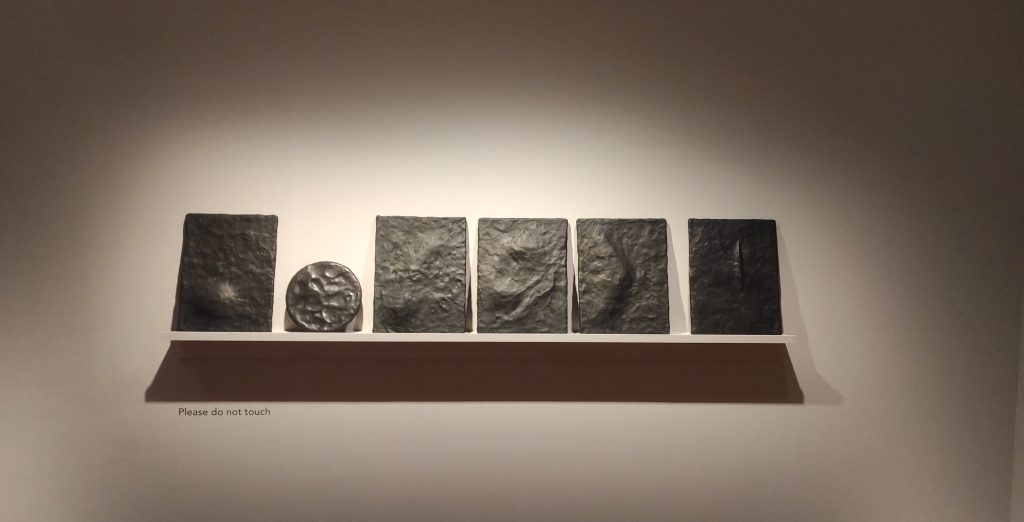
When inquired about the title of the symposium, she clarified that one and three ideas have been taken from an essay by Teran Smith, The essay is about conceptualism and conceptual art. There are numerous gaps and abstractions within the language of representation, providing ample room for interpretation when it comes to the photo of a chair, the actual chair, and its conceptual significance. The chair, with its four legs designed for sitting and encouraging rest, carries profound meaning. So, there’s so much to explore within that. So, this symposium was to get the museum started to ponder about the educational programs we have been running and the workshops we do. This is outside the school or the college. The question of what kind of education takes place within a museum is one that constantly preoccupies us. The purpose of this symposium is to explore this issue further, as art educators often encounter obstacles in implementing their cutting-edge ideas due to the rigid structures of the curriculum. We must, therefore, make a museum truly a space where boundless possibilities can thrive.”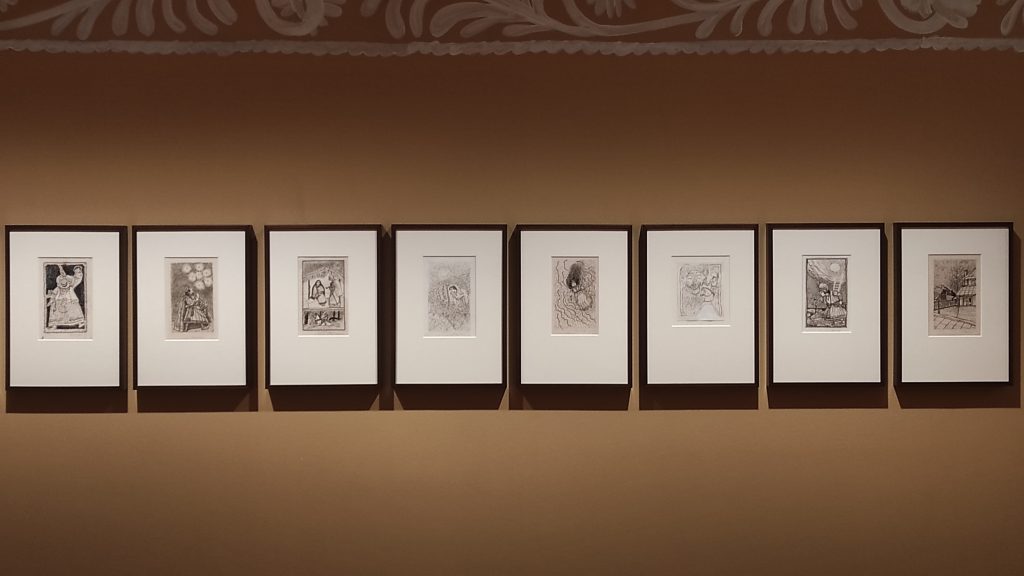
When asked about the overall impact of collaborations between art educators in this kind of space, her response was enlightening. “Although not all the speakers have previously encountered each other in this specific arrangement, many of them are already acquainted or have had some form of interaction in the past.” However, she believes that after this gathering, new connections can be formed, paving the way for the creation of meaningful networks. She has a vision of thrilling projects coming to fruition, and she hopes that this space can act as a catalyst to enable and foster the development of this network. So, the question is, what kind of crossover or carryovers from educator to other look like? But, here is the problem of the question itself the resources that an educator has made are not available to another educator. Where is that resource sharing happening? Where is that knowledge-sharing happening? And where is that published? How one educator can be aware of what other educator has been working on? So that they can rework that. “So, I hope we can become that platform, we can become that space where these sharings can happen and this is such ground that allows that to be done. A lot of times, it has to happen again for some impact. But as I said knowing each other’s practice changes formally. So, I guess looking at other’s practices and sharing those resources could help.”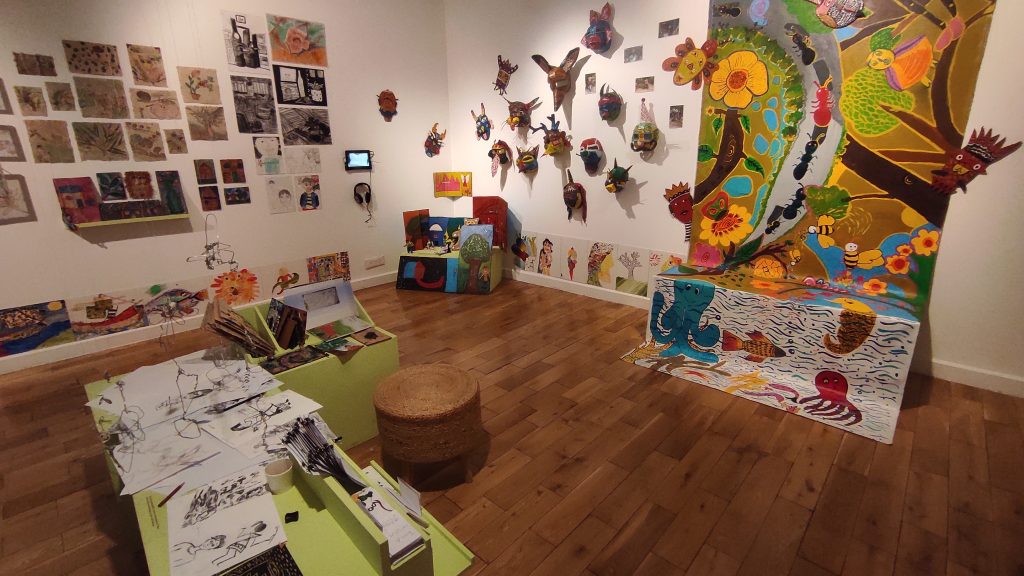

Contributor

